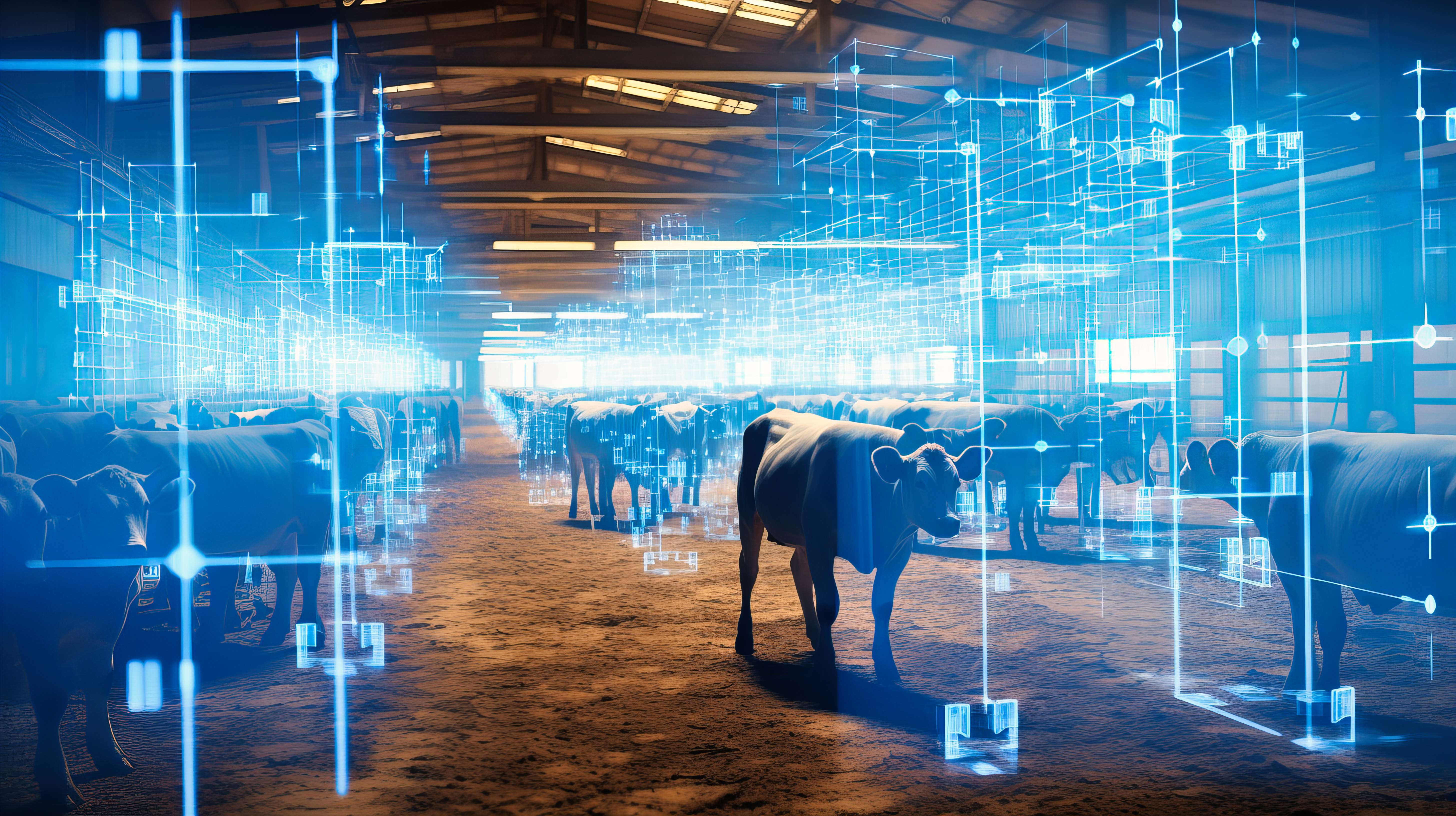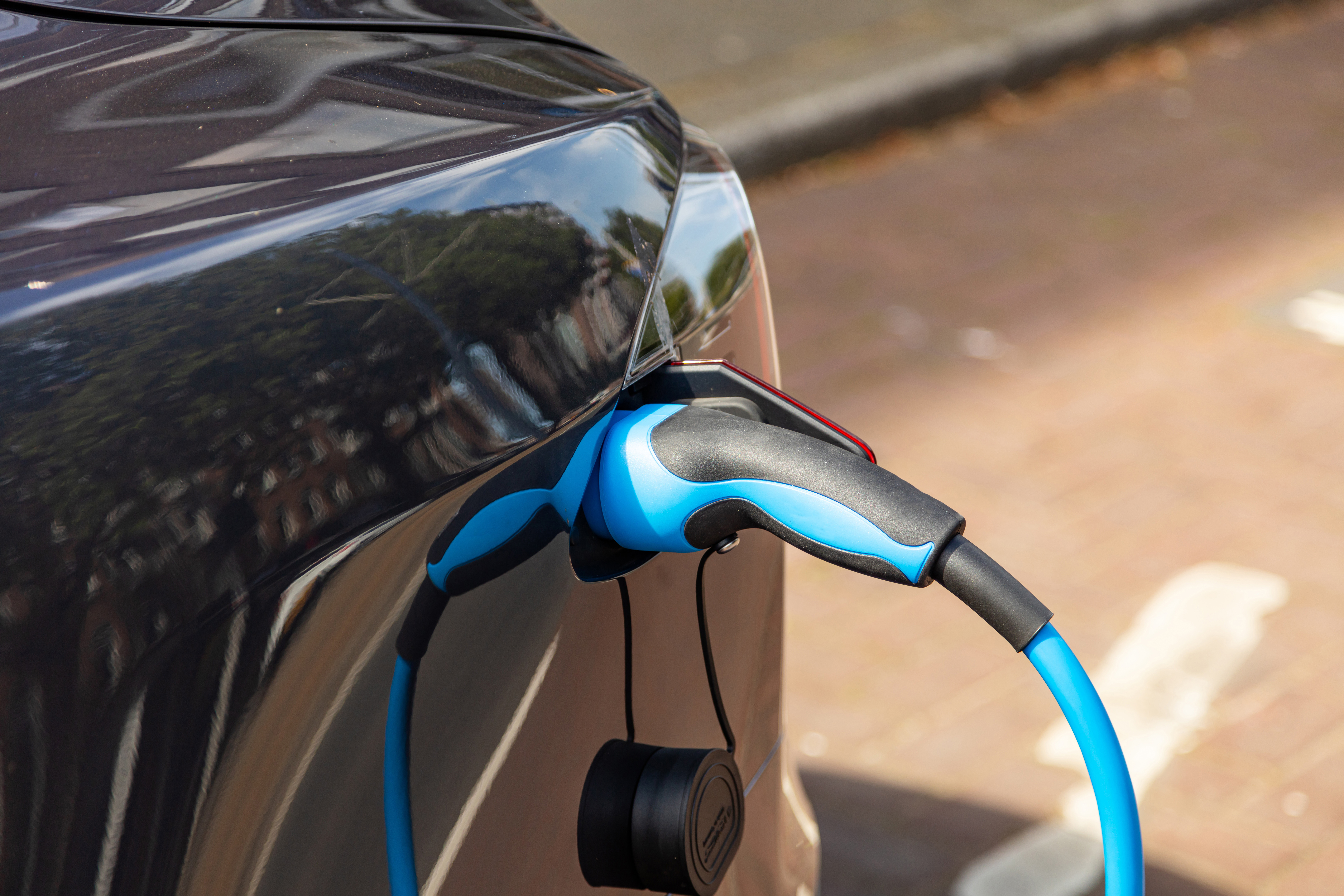Animal Health Monitoring
Farmers can use technology tools to monitor the health of individual animals and adjust their nutrition as needed. This granular monitoring helps prevent disease and improves the herd's overall health. By tracking physiological data from the animals, such as body temperature, heart rate, and movement, machine-learning algorithms can identify anomalies and alert farmers before they become a problem.
| Applicable Development Board | |
|---|---|
|
NuMaker-HMI-MA35D1-S1 |
1. Anomaly detection Example: Environmental monitoring in livestock farms uses various environmental sensors to monitor temperature, humidity, gas composition, etc. The MA35D1 processes this data to detect environmental conditions that harm animal health, such as excessive ammonia concentration or unsuitable temperature and humidity. Upon detecting abnormal environments, the system raises the alarm and automatically adjusts the environmental control system, such as turning on ventilation or heating systems.
2. Object detection Example: An automated feeding system installs cameras in the feeding area, and the MA35D1 processes the image data to detect the location and number of animals. Based on the detected animal distribution, the system automatically adjusts feed allocation to ensure each animal receives an appropriate amount of food. This helps improve feeding efficiency and reduces food waste.
3. Object classification Example: Livestock safety monitoring uses cameras to monitor the farm, and the MA35D1 processes the image data to classify different types of animals and personnel. It can identify unauthorized entry of people or animal escapes. This helps improve the site's safety management and prompt response to potential safety threats or abnormal events. |
|
NuMaker-HMI-M467 NuMaker-IoT-M467 |
Example: Smart livestock management system Application description: Multiple sensors, such as temperature sensors, heart rate monitors, and activity trackers, are installed in the livestock farm, attached to the animals, or placed in their living environment. The Cortex-M4 microcontroller processes the data from these sensors to comprehensively analyze the animals' health status and behavior patterns. The system can track each animal's health indicators, such as temperature, heart rate, activity level, etc., in real time. |
|
NuMaker-M55M1 |
1. Sensor fusion The M55M1 development board can process data from multiple sensors, such as temperature sensors, heart rate monitors, and activity trackers. Fusing this data can comprehensively understand the animal's health status. For example, combining heart rate and activity data can help identify signs of excessive stress or fatigue, while temperature data can help detect diseases or fevers early.
2. Anomaly detection The M55M1 development board's high-performance processor and machine learning capabilities can enable real-time animal health status anomaly detection. The system can identify patterns that deviate from normal behavior or physiological parameters, such as atypical activity levels, heart rates, or temperatures. Early identification of these anomalies helps in timely intervention, improving animal health and welfare.
3. Object detection and classification In animal monitoring applications, object detection and classification functions can identify and track specific animals, especially in a group setting. For example, the system can identify individual animals through visual recognition techniques and monitor their behavior and movement patterns. This is particularly important for studying group dynamics, health management, and species conservation. |




